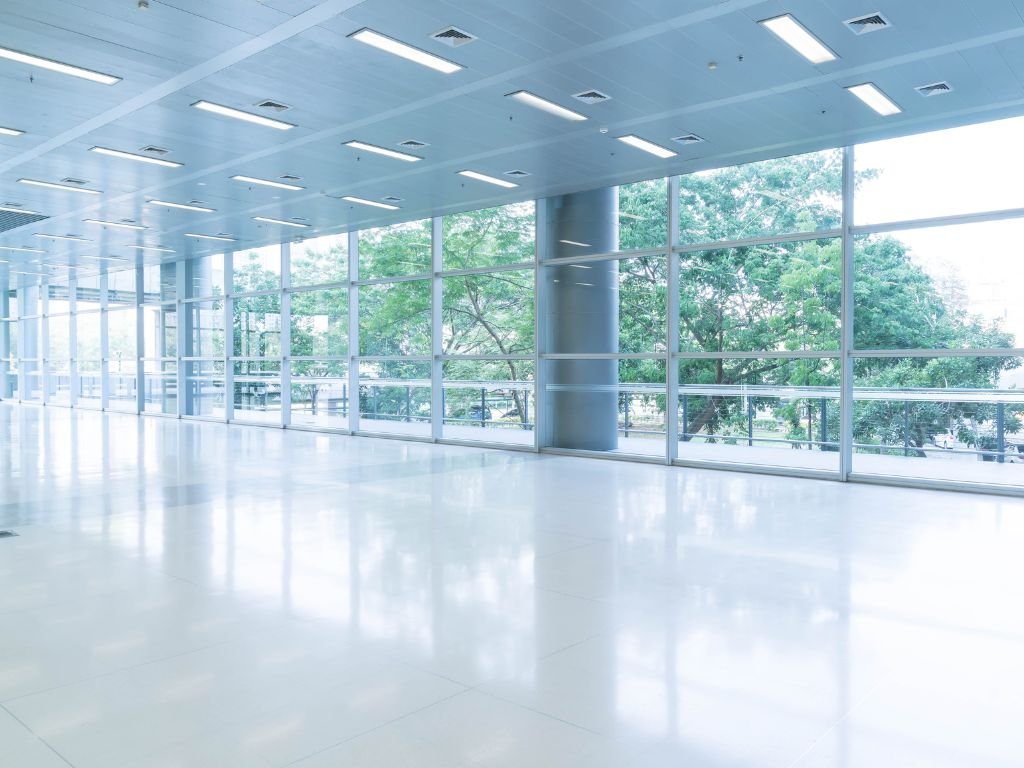Welcome To Armor Coat Epoxy Flooring
The Ultimate Introduction to Epoxy Flooring
Welcome to the ultimate introduction to epoxy flooring! If you're looking for a durable, long-lasting, and versatile flooring solution, epoxy flooring is the answer. In this comprehensive guide, we will delve into the world of epoxy flooring, covering everything from its composition and installation process to its benefits, applications, and maintenance.
What is Epoxy Flooring?

Epoxy flooring is a type of seamless flooring system made from epoxy resin and a hardener. It forms a highly durable and chemical-resistant surface that adheres well to concrete, creating a protective and visually appealing coating. Epoxy flooring is known for its high strength, glossy finish, and ability to withstand heavy traffic and wear. Armorcoat is one of the top who provides top-notch epoxy flooring services.
Composition of Epoxy Flooring
Understanding the composition of epoxy flooring is crucial for grasping its exceptional qualities. Epoxy flooring consists of two main components: epoxy resin and a hardener. When mixed together, a chemical reaction occurs, resulting in a rigid and strong material. Various additives can be incorporated into the mixture to enhance specific properties, such as UV resistance, anti-slip characteristics, or decorative effects. The ratio of epoxy resin to hardener can be adjusted to achieve different levels of hardness and flexibility.
Installation Process of Epoxy Flooring
The installation process of epoxy flooring involves several essential steps. Firstly, the concrete surface must be prepared by cleaning, repairing any damages, and ensuring proper moisture levels. Next, a primer is applied to enhance adhesion. Then, the epoxy mixture is poured or rolled onto the floor and spread evenly. Depending on the desired thickness, multiple coats may be applied. Lastly, a topcoat is added to provide additional protection and aesthetics. The curing time can vary based on the epoxy product and environmental conditions.
1. Concrete surface preparation
- Clean the concrete surface thoroughly to remove dirt, dust, and debris.
- Repair any damages or cracks in the concrete.
- Ensure proper moisture levels by conducting moisture tests if necessary.
2. Primer application
- Apply a primer to the prepared concrete surface.
- The primer enhances the adhesion of the epoxy coating to the concrete.
3. Epoxy mixture application
- First, we need to mix the epoxy resin and hardener very well according to the manufacturer’s instruction list.
- Pour or roll the epoxy mixture onto the floor.
- Spread the epoxy evenly across the surface using a roller or squeegee.
4. Multiple coats
- Depending on the desired thickness and requirements, multiple coats of epoxy may be applied.
- Allow each coat to cure before applying the next layer.
5. Topcoat application
- After the desired number of epoxy coats, apply a topcoat.
- The topcoat provides additional protection and enhances the aesthetic appearance of the flooring.
6. Curing time
- The curing time of epoxy flooring can vary depending on the specific epoxy product used and environmental conditions.
- Wait for the curing time that the manufacturer mentioned for their product
By following these essential steps during the installation process, you can achieve properly applied epoxy flooring that is durable and visually appealing.
Benefits of Epoxy Flooring
Epoxy flooring offers a plethora of benefits, making it a popular choice in various settings. This section will highlight some key advantages, such as exceptional durability, chemical resistance, easy maintenance, customizable designs, and cost-effectiveness. It will explain how epoxy flooring can withstand heavy impacts, resist chemicals, oils, and stains, and simplify cleaning routines. Additionally, it will mention the wide range of design options available, including color flakes, metallic finishes, and decorative patterns, allowing for creative customization. The cost-effectiveness of epoxy flooring will be emphasized by highlighting its long lifespan, minimal need for repairs, and potential energy savings.
Applications of Epoxy Flooring
Epoxy flooring finds extensive applications across various industries and settings. This section will explore its use in residential, commercial, and industrial environments. It will discuss how epoxy flooring can enhance the aesthetics and functionality of residential spaces such as garages, basements, and kitchens. In commercial settings, it provides a professional and clean appearance for retail stores, showrooms, and offices. Furthermore, epoxy flooring's ability to withstand heavy machinery, chemicals, and high traffic makes it a preferred choice in industrial facilities like manufacturing plants, warehouses, and healthcare facilities.
Maintenance Tips for Epoxy Flooring

Proper maintenance is essential to maximize the longevity and performance of epoxy flooring. This section will provide practical tips for routine cleaning, spill cleanup, and avoiding common mistakes that can damage the surface. It will also discuss the importance of periodic inspections, regular resealing, and addressing minor damages promptly. By following these maintenance practices, readers can ensure their epoxy flooring remains in top condition for years to come.
Read Easy maintenance of industrial epoxy floors
Conclusion
In conclusion, epoxy flooring is a versatile and durable flooring solution suitable for various residential, commercial, and industrial applications. Its unique composition, installation process, and numerous benefits make it a compelling choice for those seeking a long-lasting and visually appealing flooring option.
